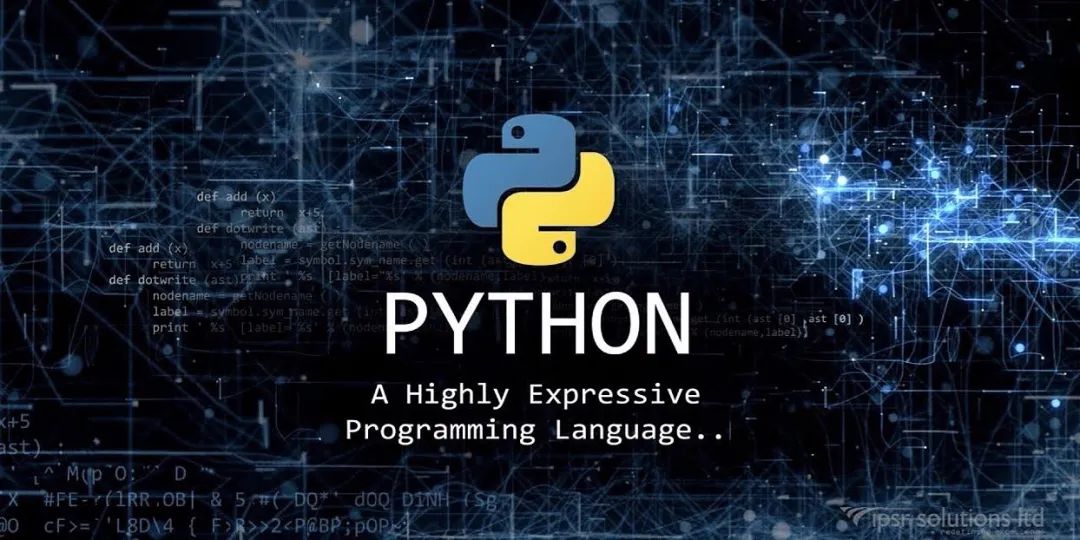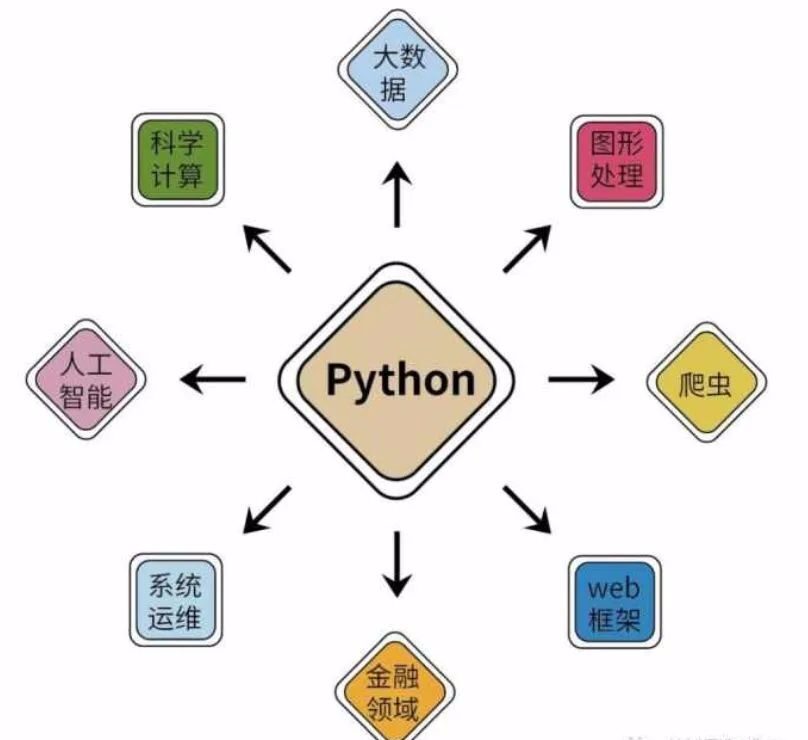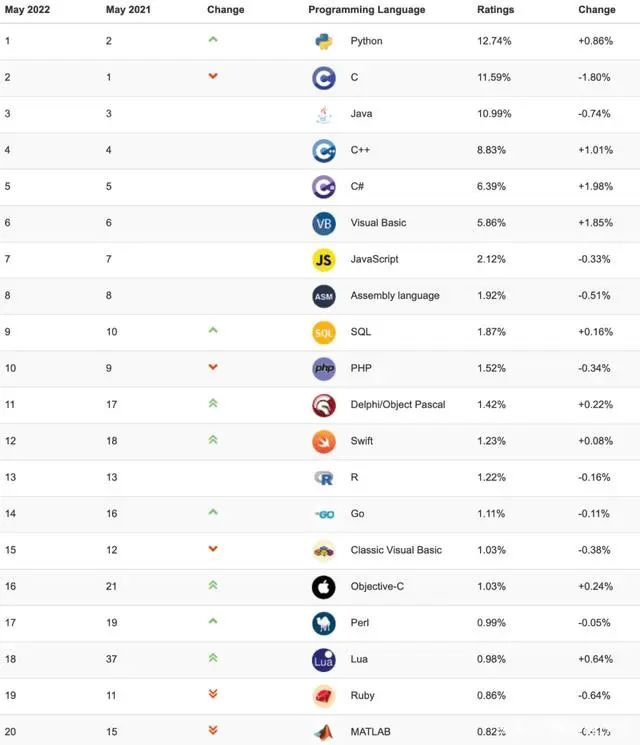Click the Blue Text
Follow Us
When it comes to learning programming for kids, the three most common programming languages are Scratch, Python, and C++. Today, I will discuss Python.
Python is a computer programming language that is easier to learn than Scratch and C++ and is suitable for children aged 9-12.
Compared to C++, it is more user-friendly, readable, portable, extensible, and embeddable, making it ideal for rapid development and easy for kids to understand.

In contrast to Scratch, which uses a colorful graphical interface, allowing users to drag and drop icons to create complex projects step by step, Python is imperative programming and a high-level language that offers more flexibility.
Python has a rich and powerful library. It is often referred to as a glue language, capable of easily connecting various modules created in other languages (especially C/C++).
The capabilities of Python are extensive, as it is applied in fields such as artificial intelligence, scientific computing, big data, finance, system operations, graphics processing, text processing, hacking, and web scraping.
Whether for desktop applications, web development, artificial intelligence, or big data processing, Python is involved.

Programming is likely to become a fundamental skill in the future, just like driving or English—common and widely used. So why should children learn Python programming? Here are several reasons:
1. Python is Powerful
Playing is a child’s nature, and creating is every child’s dream, even an adult’s dream. Many people dreamed of building a spaceship to explore space when they were young.
Python supports embedded development for the Internet of Things, and it is simple and easy to learn, making it feasible for children to build robots to realize their small dreams.
2. Low Entry Difficulty
For anyone without a foundation, programming is not easy, especially for those without any mathematical background. However, Python’s syntax structure is simple and closer to natural language, making it relatively easier to learn.
3. Abundant Libraries
Python has numerous libraries, and in the world of Python, there are many ways to solve problems because many people are using it, making it easy to find solutions to similar problems.
4. Educational Requirements
If programming in information technology becomes part of the college entrance examination, do you think students will still choose C language? No! If that happens, Python may quickly become the programming language included in the college entrance examination, as it is already part of the eighth-grade curriculum in Zhejiang.
5. Simple and Elegant Syntax Structure
Python is a language that emphasizes code readability, with strict formatting requirements. Just as we practiced writing during our language studies in childhood, learning programming requires good practices in coding.
6. Enhance Future Job Competitiveness
This year, Python ranked first in programming language rankings and is growing rapidly.
Learning programming now can enhance children’s competitiveness in future job markets and help them adapt more quickly to future living and working environments. For example, fields like artificial intelligence and information science require Python.
For instance, when researching celestial bodies, it is challenging to conduct practical experiments, so simulations on computers are necessary, and Python is the best language for computer simulations, as it is the best tool for processing astronomical data and information.
Currently, artificial intelligence is booming, and most AI applications use Python. Many companies use Python, producing numerous products and applications, leading to a higher demand for talent in the future.

7. Assist in Participating in Python-related Science and Technology Competitions, Utilizing Independent Enrollment Pathways for Further Education
It can be said that the value of learning Python programming is quite high now. Although the learning difficulty is considerable, Python programming is widely applicable in both competitions and daily life, making it essential for adolescents to learn Python programming.
National Youth Science and Technology Innovation Competition, Tomorrow’s Young Scientists, National Primary and Secondary School Computer Production Activities, China Youth Robotics Competition, National Youth Creative Programming and Intelligent Design Competition, Youth Artificial Intelligence Programming Level Test, etc.
The information technology revolution has brought about tremendous changes in the world. The integration of emerging information technologies such as the Internet, big data, and artificial intelligence with education is driving a new educational revolution.
The Ministry of Education has actively promoted the development of programming education in primary and secondary schools, indicating that the integration of programming with primary and secondary education is a trend.
By cultivating children’s programming literacy from a young age, we can enhance students’ information literacy and foster the seeds of power for the country’s development in artificial intelligence!
Source | Transferred from the Internet
Statement | Except for original articles from the Bojia Robotics Club headquarters, all articles shared and reprinted online are intended to promote the dissemination of children’s programming education in China for learning and communication purposes, non-commercial use, and will be noted as the source. If the original authors of the articles or photos have any objections, please contact customer service for quick processing or deletion. Thank you for your support.